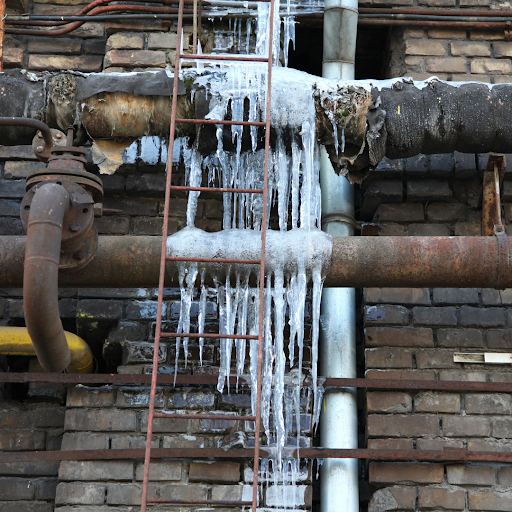The author is making several great observations on Helpful Tips to Prevent Frozen Pipes this Winter in general in the article underneath.

Cold weather can damage your pipes, particularly by freezing pipelines. Below's how to stop it from taking place and what to do if it does.
Introduction
As temperature levels drop, the threat of frozen pipes increases, potentially leading to expensive fixings and water damage. Recognizing exactly how to avoid frozen pipelines is important for homeowners in cold environments.
Understanding Frozen Pipelines
What creates pipes to freeze?
Pipes freeze when exposed to temperature levels listed below 32 ° F (0 ° C) for expanded durations. As water inside the pipes freezes, it increases, putting pressure on the pipe wall surfaces and possibly triggering them to burst.
Dangers and problems
Frozen pipes can result in supply of water interruptions, building damage, and expensive repair services. Burst pipes can flooding homes and create substantial architectural damages.
Indicators of Frozen Piping
Recognizing icy pipes early can avoid them from bursting.
Exactly how to recognize icy pipes
Search for reduced water flow from taps, unusual smells or sounds from pipelines, and noticeable frost on exposed pipes.
Prevention Tips
Shielding vulnerable pipelines
Wrap pipes in insulation sleeves or make use of heat tape to protect them from freezing temperature levels. Focus on pipelines in unheated or outside locations of the home.
Home heating methods
Keep interior areas effectively warmed, specifically areas with plumbing. Open up cabinet doors to allow warm air to flow around pipes under sinks.
Shielding Outdoor Plumbing
Yard tubes and outside taps
Disconnect and drain yard hose pipes prior to wintertime. Mount frost-proof faucets or cover outside faucets with protected caps.
What to Do If Your Pipelines Freeze
Immediate activities to take
If you presume frozen pipelines, keep taps open up to relieve pressure as the ice thaws. Use a hairdryer or towels taken in warm water to thaw pipes gradually.
Long-Term Solutions
Structural modifications
Take into consideration rerouting pipelines away from exterior walls or unheated areas. Include extra insulation to attics, cellars, and crawl spaces.
Updating insulation
Invest in top notch insulation for pipelines, attic rooms, and walls. Proper insulation assists preserve consistent temperatures and minimizes the danger of frozen pipes.
Final thought
Preventing icy pipes requires proactive procedures and quick feedbacks. By recognizing the causes, signs, and preventive measures, homeowners can safeguard their plumbing throughout winter.
5 Ways to Prevent Frozen Pipes
Drain Outdoor Faucets and Disconnect Hoses
First, close the shut-off valve that controls the flow of water in the pipe to your outdoor faucet. Then, head outside to disconnect and drain your hose and open the outdoor faucet to allow the water to completely drain out of the line. Turn off the faucet when done. Finally, head back to the shut-off valve and drain the remaining water inside the pipe into a bucket or container. Additionally, if you have a home irrigation system, you should consider hiring an expert to clear the system of water each year.
Insulate Pipes
One of the best and most cost-effective methods for preventing frozen water pipes is to wrap your pipes with insulation. This is especially important for areas in your home that aren’t exposed to heat, such as an attic. We suggest using foam sleeves, which can typically be found at your local hardware store.
Keep Heat Running at 65
Your pipes are located inside your walls, and the temperature there is much colder than the rest of the house. To prevent your pipes from freezing, The Insurance Information Institute suggests that you keep your home heated to at least 65 degrees, even when traveling. You may want to invest in smart devices that can keep an eye on the temperature in your home while you’re away.
Leave Water Dripping
Moving water — even a small trickle — can prevent ice from forming inside your pipes. When freezing temps are imminent, start a drip of water from all faucets that serve exposed pipes. Leaving a few faucets running will also help relieve pressure inside the pipes and help prevent a rupture if the water inside freezes.
Open Cupboard Doors
Warm your kitchen and bathroom pipes by opening cupboards and vanities. You should also leave your interior doors ajar to help warm air circulate evenly throughout your home.

I'm very interested by How To Avoid Freezing Pipes and I am praying you liked the blog post. I beg you pause to promote this entry if you enjoyed reading it. Thanks a lot for your time. Don't hesitate to visit our website back soon.
Click Here